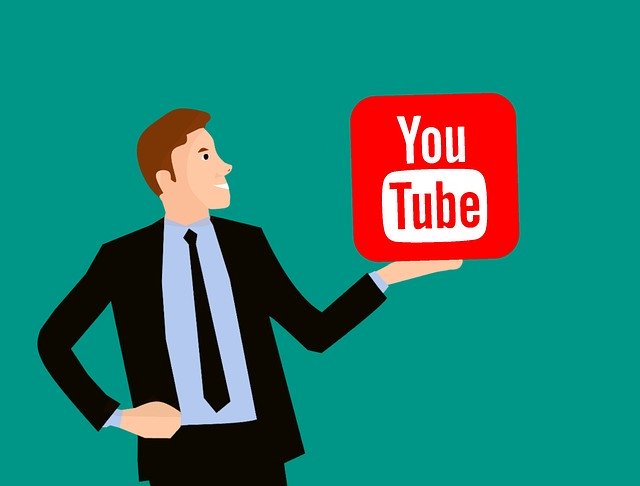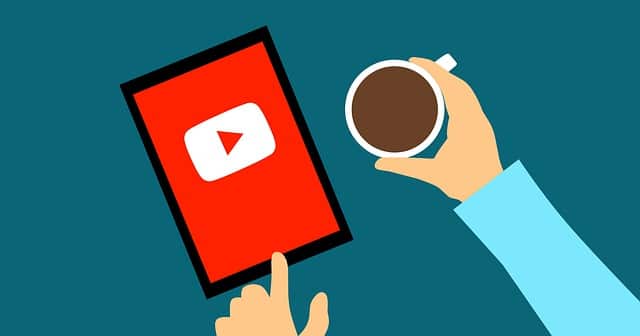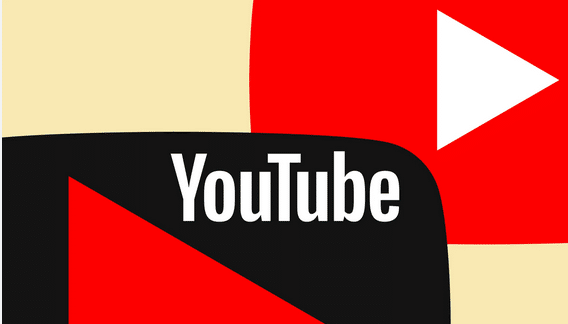YouTube Chooses Touchscreen Future. Since the first ten years of this decade, when touchscreen devices started to become popular, they’ve started to take away some of the market share that desktop and laptop computers used to have. Most of this is because of the first wave of iPhones. The first iPhone showed the world how easy it was to use apps like Facebook without a computer, and people have been doing the same thing ever since. When it comes to day-to-day use, tablets, smartphones, and touchscreen devices have a lot of advantages over bulky home computers. More and more popular websites are adapting their layout to make it easier for touchscreen users to use them.

Over the years, many apps and websites have tried out styles and services that work well with touchscreens. However, in many ways, online slots sites like Kong Casino were the ones that set the trend. Even though they are only available in some countries, online slots are a multi-billion dollar business. They used to be popular with laptop and desktop users, but now they’re popular with smartphone users. Internet casino games are now just as likely to be played on mobile slots as on a computer, and the change has been made without seeming to cost the business a single dollar in lost users. Online slots are making a lot of money, so other websites are doing the same. Now YouTube has joined the crowd.
You already know what YouTube is and what it does, so we don’t need to tell you. It is the most popular website for sharing videos and live-streaming worldwide, and many people make a living from it. Suppose you’re in the top 1% of YouTube personalities. In that case, you can now make more as a streamer than a professional athlete, and those personalities are finding that more and more people are watching and listening to them on their phones than on their home computers. Some figures and predictions say that by the end of 2025, only five years from now, almost three-quarters of all internet traffic will come from smartphones. That means that eventually, every big website and web-based business will have to make sure it works well with touchscreens. YouTube has decided to make the change early.
If you’ve been on YouTube recently, you’ll see that most of the suggested changes have already been made. The most noticeable change is that all icons are now much larger, making it easier to select them with a finger instead of clicking a mouse button. The familiar menu button with three dots has also been made bigger and is now automatically placed below each video image. Previously, you could only access that menu by using your mouse cursor. That’s fine if you’re working on a laptop or desktop, but getting around on the phone takes a lot of work. This small change shows that smartphone and tablet users are now causing a change in the big company, not desktop or laptop users.

As well as changes to how the website looks, there are changes to how users connect with the site to do basic tasks. You had to tilt your phone or select an option to make it go into “full screen” mode if you were using a phone to access the site up until recently. You can do the same thing by swiping up on a video. Suppose you’d like to minimize the video you’re watching so you can return to the search function or the rest of the website. In that case, you can do so by swiping down and activating YouTube’s relatively new “mini-player,” which lets you keep your video playing while you look for your next short-form entertainment.
The changes to swiping continue. In the past, YouTube’s group feature was so hard to find and understand that many users didn’t even know it existed. Now, it’s been put right in the middle. You can add a video to your queue by pressing the menu button and asking for a video to be moved to the top or bottom of your queue. Previously, the only way to do this was to carry and drop the video files into the appropriate locations. Again, this was a challenging job with your fingers instead of a mouse. The ‘Watch History’ tool has also been improved and made bigger. Your past on the website has now been broken up into dates, whereas it was a very long list. That will make it much easier to find a video you watched a week ago because you won’t have to look down the list endlessly and hope you get it and take advantage of it.
Facebook and Twitter recently made changes to their platforms to make them more touchscreen friendly, and YouTube’s move is a reflection of those changes. The current beta version of Facebook places a lot of emphasis on larger graphics and buttons. This makes better use of space and reduces the likelihood of accidentally selecting one option when you are meant to select another. As we’ve seen in the past, once one larger website has decided to switch to a new format or technology, it’s only a matter of time before everyone else does the same. Now that YouTube is making so many big changes, it’s safe to say that the 2020s will be the decade of touchscreen technology. Maybe by the decade’s end, we won’t even know if computers are still useful.

Everyone agrees that touchscreens are the best tool right now, so we’ve started to think about what comes next. Interactive virtual reality websites will likely happen at some point in the future. Still, it’s too early to think that they will catch on quickly until the necessary headgear is less bulky and the idea of having a headset is more common. With the growing popularity of home Bluetooth speakers like Amazon Echo and Google Home, people are getting used to the idea that they can handle technology by speaking to it. Could voice control become a more popular website use in the coming years? It’s likely, but we’ll have to wait and see.
